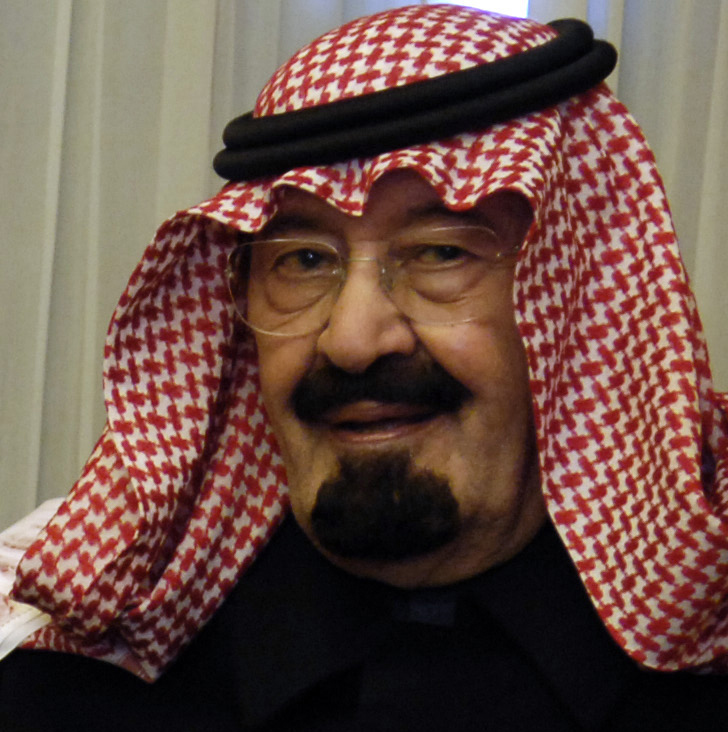Saudi Prince Unveils Arab Peace Initiative

March 28, 2002
At the Arab League Summit in Beirut, Crown Prince Abdullah of Saudi Arabia lays out a plan to end the Arab-Israeli conflict that has become known as the Arab Peace Initiative. Among its elements are an Israeli withdrawal to pre-1967 lines, including a pullback from southern Lebanon; the resolution of the Palestinian refugee problem according to U.N. General Assembly Resolution 194; the establishment of a Palestinian state on all of the West Bank and Gaza, with East Jerusalem as its capital; and peace with normal relations between all Arab countries and Israel. The plan specifies that the Golan Heights will be returned to Syria and that Palestinians will not be resettled in other Arab countries.
Some elements of the plan are tougher on Israel than what Palestinian negotiators working with the Saudis had accepted. For example, the Palestinians agreed that Jewish neighborhoods in Jerusalem could be part of Israel, while Arab neighborhoods formed the capital of the Palestinian state. But the final initiative calls for all of East Jerusalem to be the Palestinian capital.
Inter-Arab politics and the presence of only 10 of 22 Arab national leaders at the summit prove obstacles to the adoption of the proposal as the basis for peace talks, as does the ongoing violence of the Second Intifada, including Hamas’ Passover bombing of the Park Hotel in Netanya the previous night.